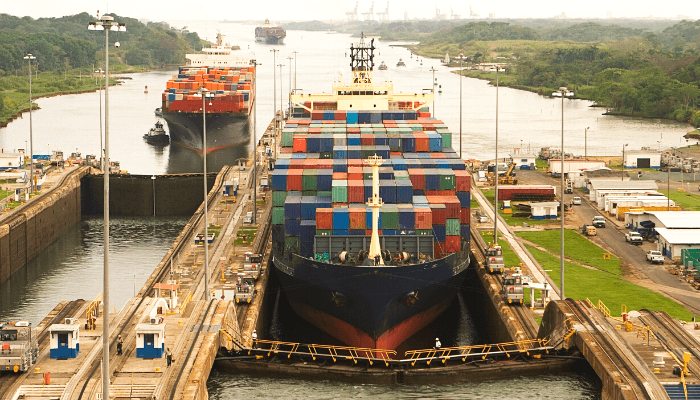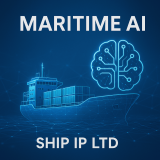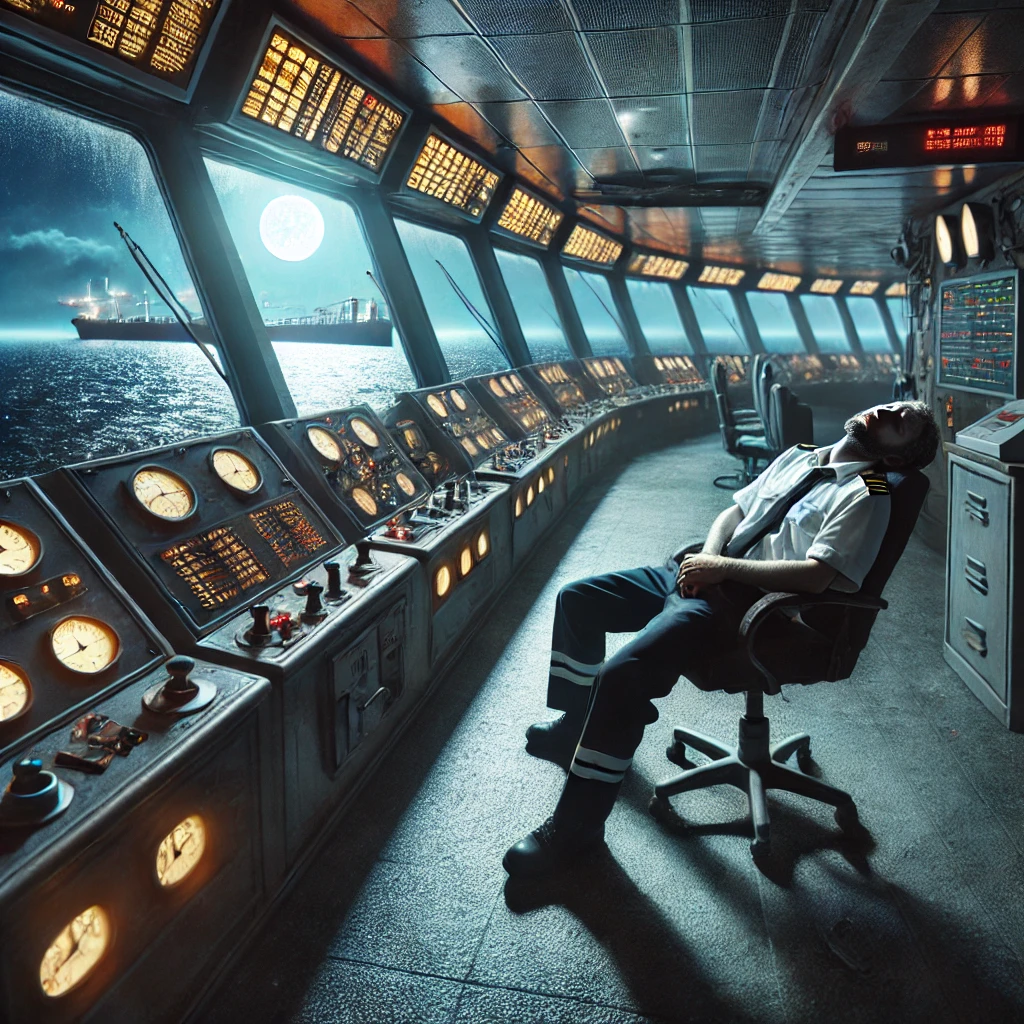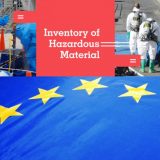The Maritime and Port Authority of Singapore (MPA) and the Port of Rotterdam Authority have signed a memorandum of understanding (MoU) to establish the world’s longest Green and Digital Corridor to enable low and zero carbon shipping.
Signed by Quah Ley Hoon, Chief Executive of MPA, and Allard Castelein, CEO of the Port of Rotterdam Authority at the Marina Bay Sands Convention Centre on the sidelines of the biennial World Cities Summit, the MoU will bring together stakeholders across the supply chain to realize the first sustainable vessels sailing on the route by 2027. The signing was witnessed by S Iswaran, Minister for Transport and Minister-in-Charge of Trade Relations, Singapore, and Ahmed Aboutaleb, Mayor of Rotterdam.
Singapore and Rotterdam are among the largest bunkering ports in the world, making them vital links on the Asian-European shipping lanes. While international shipping currently uses largely marine gas oil (MGO) and low-sulphur fuel oil, sustainable alternatives such as biofuels, including biogases, are increasingly being made available. Other alternatives such as synthetic methane, hydrogen, and hydrogen-based fuels including ammonia and methanol are in various stages of R&D for future trials and deployment.
Each alternative fuel has its own challenges relating to costs, availability, safety, and restrictions in range due to lower energy density compared to fossil fuels. To tackle these challenges, the two port authorities agreed to bring together a broad coalition of shippers, fuel suppliers and other companies to collectively work on potential solutions.
Beyond alternative fuels, the MoU also aims to optimize maritime efficiency, safety, and the transparent flow of goods by creating a digital trade lane where relevant data, electronic documentation and standards are shared. This will facilitate the seamless movement of vessels and cargo, and optimize just-in-time arrival of vessels from port to port.
The port authorities will work with the Global Centre for Maritime Decarbonization and the Mærsk Mc-Kinney Møller Center for Zero-Carbon Shipping as action partners, as well as other industry partners across the supply chain, including bp, CMA CGM, Digital Container Shipping Association, Maersk, MSC, Ocean Network Express, PSA International, and Shell for a start. This will enable the Green and Digital Corridor project to raise investment confidence, attract green financing, and kickstart joint bunkering pilots and trials for digitalization and the use of low- and zero carbon fuels along the route.
S Iswaran, Minister for Transport and Minister-in-Charge of Trade Relations, Singapore, said, “Decarbonizing shipping is an urgent climate action priority, which requires the collective efforts of the entire maritime sector. As a trusted global maritime hub, Singapore contributes actively to IMO’s efforts to make international shipping more sustainable, and global supply chains more resilient. This MoU with the Port of Rotterdam demonstrates how likeminded partners can work together to complement the efforts of the IMO. It will serve as a valuable platform to pilot ideas that can be scaled up for more sustainable international shipping.”
Allard Castelein, CEO of the Port of Rotterdam Authority, said, “Shipping is among the most important industries to decarbonize, owing to its large international reach and volume, which continues to grow. By bringing together parties across the supply chain along one of the world’s biggest trade lanes, we can enable carriers to switch to zero-carbon fuels and speed up the transition to more sustainable shipping”.
Quah Ley Hoon, Chief Executive of MPA, said, “This MoU further strengthens the strong partnership between Singapore and Rotterdam. It reaffirms Singapore’s commitment towards facilitating a multi-fuel bunkering transition as part of the Maritime Singapore Decarbonization Blueprint 2050, and accelerates our digitalization efforts to optimize maritime efficiency and improve supply chain resilience. The pilot will complement efforts undertaken by the shipping industry, including partners such as Google Cloud, and the IMO to support decarbonization and digitalization transition for international shipping, as we work towards developing and scaling up green and digital solutions for wider adoption.”
Bo Cerup-Simonsen, CEO of the Mærsk Mc-Kinney Møller Center for Zero-Carbon Shipping, said, “The Singapore-Rotterdam Green Corridor is fully in line with our strategy to accelerate the decarbonization of the maritime industry by supporting first movers. We need bold projects like this to leverage the learnings and further develop green partnerships across the value chain. Connecting globally leading partners around one of the major trade-lanes will allow us to demonstrate concrete, scalable decarbonization solutions that can inform and inspire industry as well as policy makers around the world.”
Professor Lynn Loo, Chief Executive Officer of Global Centre for Maritime Decarbonization (GCMD), said, “International shipping will have to deploy at least 5% zero-emission fuels in its fuel mix by 2030 for the sector to meet a Paris-aligned net-zero target. To this end, green corridors provide a framework to harmonize standards and regulations, increase green fuels availability and strengthen their supply chains, and attract green financing for bunkering infrastructure buildout at ports involved. GCMD is excited to be an action partner in the development of the world’s first green and digital corridor. We will operationalize meaningful route-base, port-to-port pilots along this green corridor to help international shipping navigate and accelerate its transition towards a zero-carbon future.”
Source: https://www.marinelink.com/news/singapore-rotterdam-port-authorities-498453






